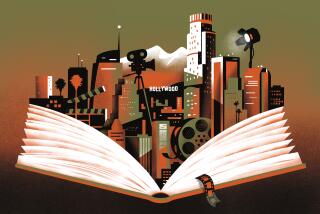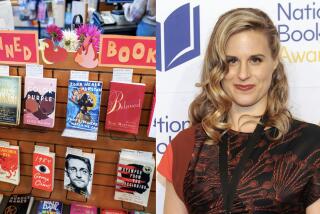6 wishes for books and publishing in 2015

As we start a new year, it’s nice to envision the most perfect version of the future. Things like world peace, the end of poverty, a miracle cure for global warming, and free ice cream and tacos for everyone.
Sure, that’s a fantasy. But in that line, I’d like to share my list of wishes for books and publishing in 2015. The things that would make the publishing world brighter, bookish lives better, and bring smiles to readers’ faces. Here’s what I wish for 2015:
Publishers realize readers are their customers. This knowledge has been creeping into the world of publishing, but there is still a long way to go. Traditionally, publishers sold books to bookstores and bookstores worried about selling books to customers. That needn’t go away, but it’s not enough. Books are bought and sold all kinds of ways these days, and the better publishers get at reaching the ready reader sitting alone with an electronic device, the healthier their businesses will be.
Amazon figures out how to purge irrelevant one-star book reviews. To close 2014, bestselling author Harlan Coben tweeted his “favorite one-star Amazon review,” which reads, “One star: Never received it -- don’t think I ordered it.” Clearly, this is not the fault of the writer, nor does it have anything to do with the book itself. Nevertheless, the one star gets factored into Amazon’s overall ranking of the book, bringing its average down. The only good thing about irrelevant single star reviews is the One-Star Book Reviews Tumblr, which compiles some doozies. For Emily Dickinson’s collected poems, “wah wah wah”; for “Sula” by Toni Morrison, “I rated it a one because I found the sex revolting, as I always do. That’s just me.”
No more novels based on literary figures. Books are great. People who write books are great. And nonfiction books about people who write books are great; no matter how you feel about Roland Barthes’ critique of biography-based literary criticism, writers remain strange and interesting creatures. But lately, our book room has been flooded by novels based on real literary figures. What contemporary writer can do justice in fiction to Shirley Jackson? How can a contemporary novel about her compare to the novels she wrote herself?
Fewer books like “51 Shades of Beige.” Every few years some beleaguered book professional notes that we have too many books, as anyone who sees about 100 per week come across her desk eventually concludes. Part of the problem is that we have too many copycat books. Yes, publishers are eager to capitalize on the last big hit by running the trend into the ground, but that’s not a good thing. Did we need more boy wizards after Harry Potter? A fleet of teens fighting to the death after “The Hunger Games”? Noted symbologists (not an actual occupation) springing up all over after “The Da Vinci Code”? And it’s not just publishers; writers hoping to become the next E.L. James have penned other erotic “Fifty Shades of Grey”-adjacent books like “Fifty Shades of Brown,” “Fifty Shades Pinker,” “51 Shades of Maggie” “Fifty Shades of Naughty,” and “Fifty Shades of Lady Mary Grey.” Too much.
Self-published writers will find better ways to reach readers. More than 450,000 books were self-published in 2013. That’s a lot of books, and it’s almost impossible for new self-published authors to raise their profile above the crowd. There may be plenty of discussions around self-published books, but it’s hard to find authoritative takes on the books themselves. Publishers Weekly has created Booklife, which is still in beta, and its format may speak to book professionals more than readers. Maybe new websites will emerge; maybe new groups of writers will form. Maybe something out there just needs a little boost to become the go-to place for self-published books.
E-books will fulfill their interactive promise. When “The Silent History” was first published in 2012, it thrillingly demonstrated how an e-book could be both a well-written novel and fundamentally different from a print book. Delivered episodically, “The Silent History” was meant to be read on a phone, and if the reader passed certain locations, additional mini-stories set in those places would be unlocked. But two years later, look in the iBookstore and there’s nothing like it -- the top interactive e-books are cookbooks, basically gorgeous instruction manuals, and illustrated books for kids. Meanwhile, the Atavist continues, as it has since 2011, to deliver longform nonfiction enhanced for tablets with video, photos and sound, but it remains an outlier. May 2015 bring more e-books that are truly transformed.
Here’s to 2015 being a creative, bountiful, engaging, surprising year for all writers, readers and book lovers. Cheers.
Book news and more; I’m @paperhaus on Twitter
More to Read
Sign up for our Book Club newsletter
Get the latest news, events and more from the Los Angeles Times Book Club, and help us get L.A. reading and talking.
You may occasionally receive promotional content from the Los Angeles Times.







